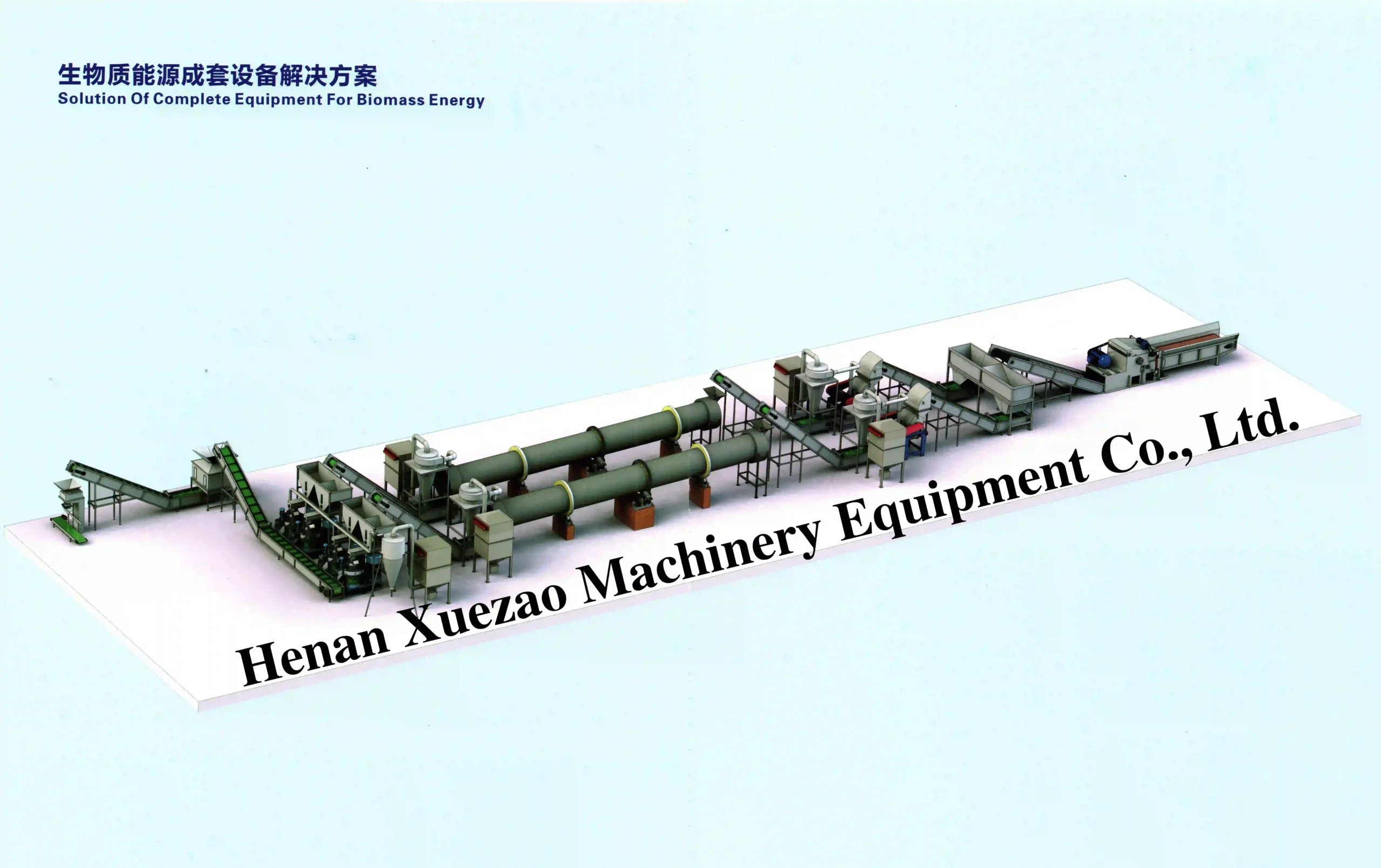1. The Feasibility of Cotton Stalk Pellet Production
The global cotton industry contributes about 40% of fiber production, generating substantial waste yearly. Efficient methods for utilizing cotton waste, like cotton stalk pellets, offer promise as biomass fuel. Cotton stalks typically measure 0.8 to 1.5 meters in length, with diameters ranging from 1 to 2.5 cm near the ground. These short sticks weigh approximately 160kg/m³. The calorific value of cotton stalks mirrors that of low-quality wood, acting as a valuable source of thermal energy (Figure 1 – cotton stalk).

1.1 Abundant Raw Material Sources
With over 80 countries producing cotton, the U.S., China, and India account for more than half of the world’s output. Uzbekistan harnesses its significant agricultural sector for biomass energy, particularly from cotton stalks. Annually, about 3 million tons of cotton stalks are available for energy generation in Uzbekistan, primarily utilized for rural cooking and heating.
Cotton production significantly impacts the U.S. economy, with over 99% of the cotton grown being the Upland variety. In 2012, the U.S. produced approximately 17.31 million bales, further contributing to cotton stalk residues.
1.2 Characteristics of Cotton Stalks
Various properties impact successful pelleting, such as heating value, moisture content, and material density. Cotton stalks boast a heating value similar to other crop residues like wheat straw, rice straw, corn stalk, and soybean stalk, making them viable for pellet fuel.
High Calorific Value
The energy analysis of cotton plants reveals varying calorific energy across different plant organs, with leaves exhibiting the lowest energy (15.955 KJ/g) and seeds the highest (22.750-23.078KJ/g). Dry cotton stalks offer calorific values from 15.861 to 15.100 KJ/g, comparable to other crop residues.


Low Moisture Content
Cotton stalks’ moisture content falls within the optimal pelletizing range (8-15%), enabling efficient pellet production without additional drying costs. Stalks lose around 80% of their moisture within a week after harvesting, aligning with ideal pelletization moisture levels.
High Bulk Density
The density of cotton stalk pellets reaches 1080kg per m³ after pulverization, enhancing conversion efficiency, transportation, storage, and combustion emissions.

2. Cotton Stalk Pellet Production Process
The typical pelletizing process includes crushing, drying, pelletizing, cooling, and packing. However, the low moisture content of cotton stalks eliminates the need for drying, streamlining production. The process involves crushing, pelletizing, cooling, and packing, minimizing moisture-related complexities.
Before pelletizing, cleaning the raw material removes potential contaminants from pesticides and herbicides.

cotton stalk

after crushing
3. The Cotton Stalk Pellet Machine
Designed to meet market needs, the cotton stalk pellet machine utilizes various agricultural waste materials to produce pellet fuel. These pellets find applications in fireplaces, boilers, gasification furnaces, and biomass power plants. Additionally, it facilitates low-temperature granulation for biological and organic fertilizers.


4. Comparison: Cotton Stalks vs. Cotton Stalk Pellets
Opting for cotton stalk pellets presents advantages over raw stalks, offering higher density, reduced moisture content, and increased calorific value for improved efficiency in combustion and transportation.





